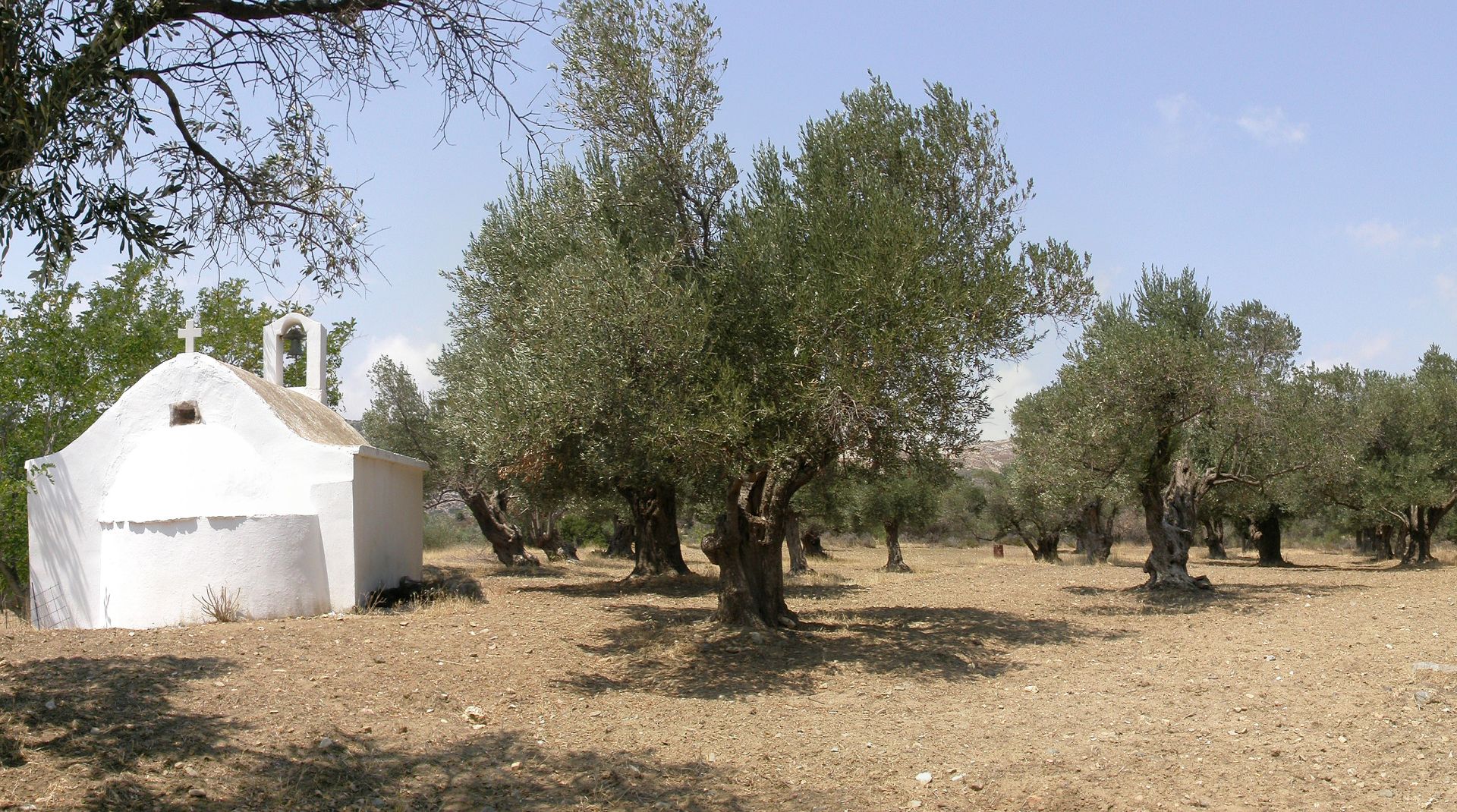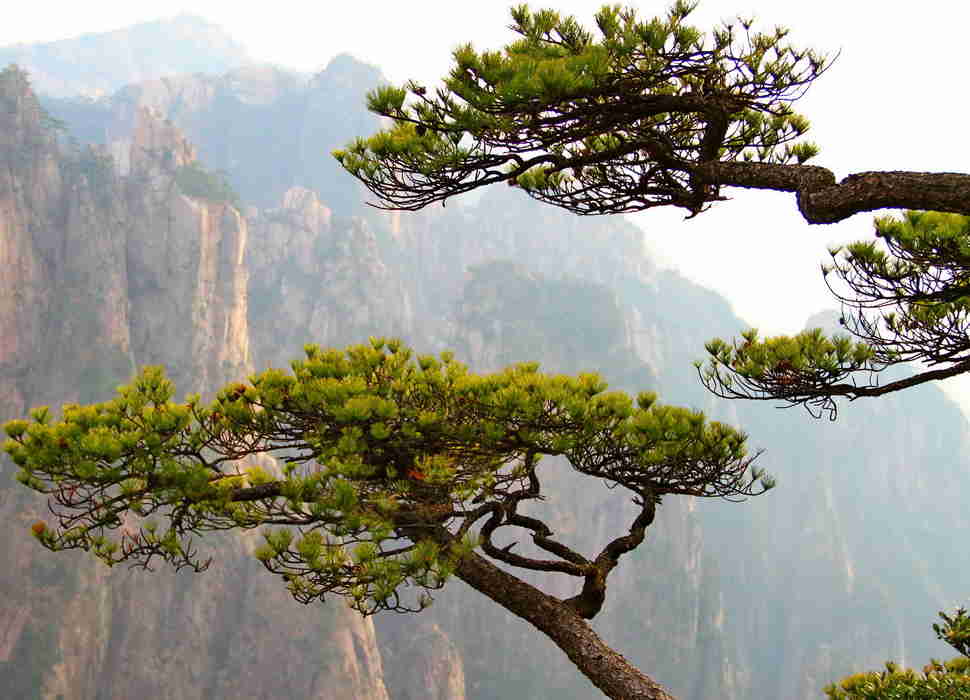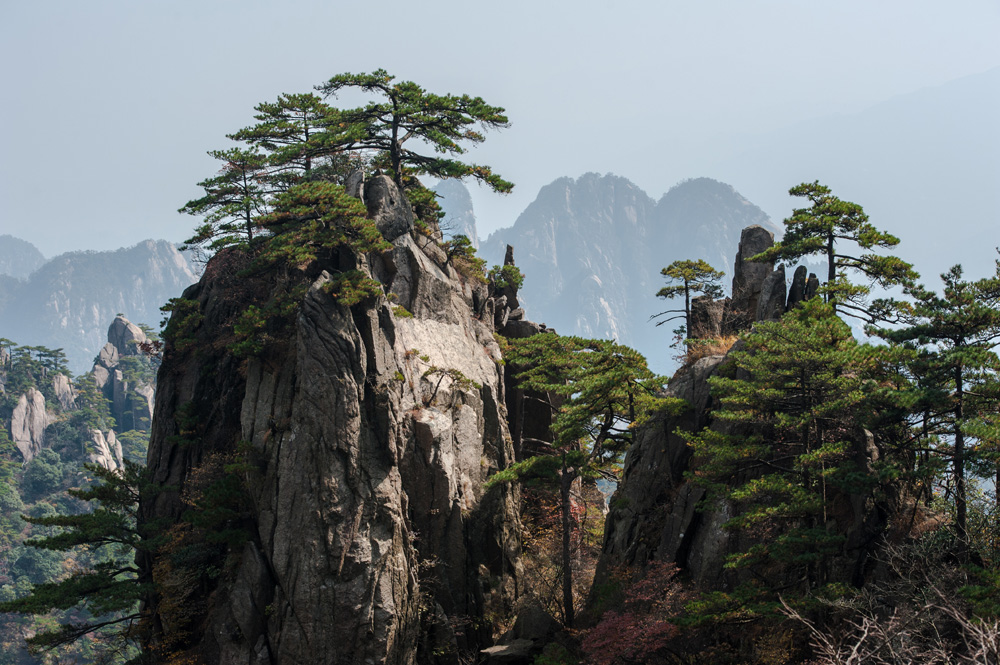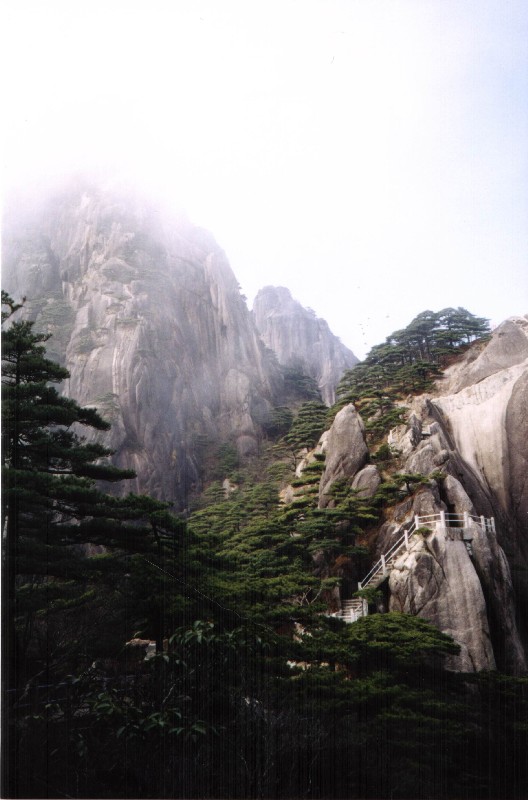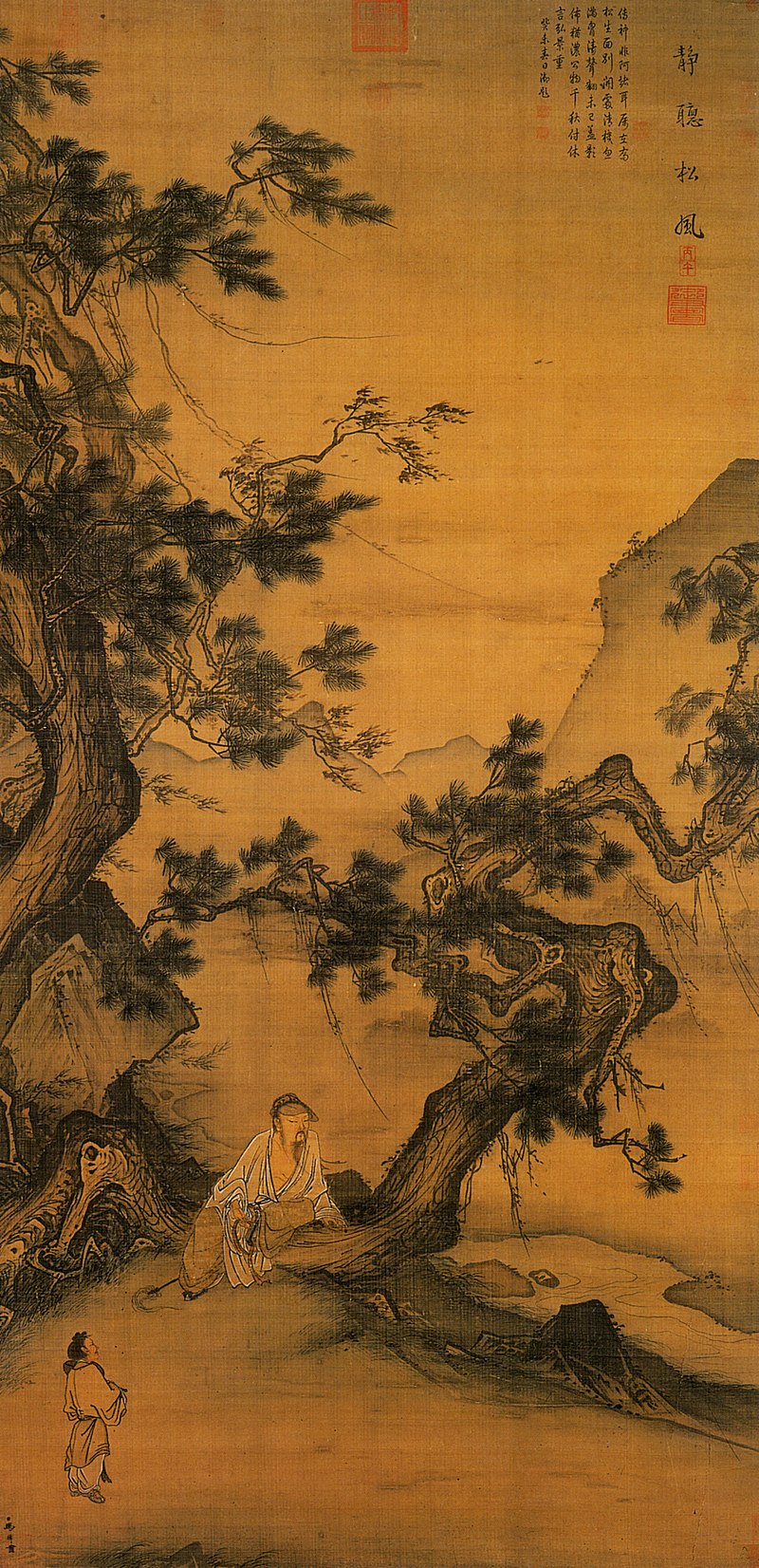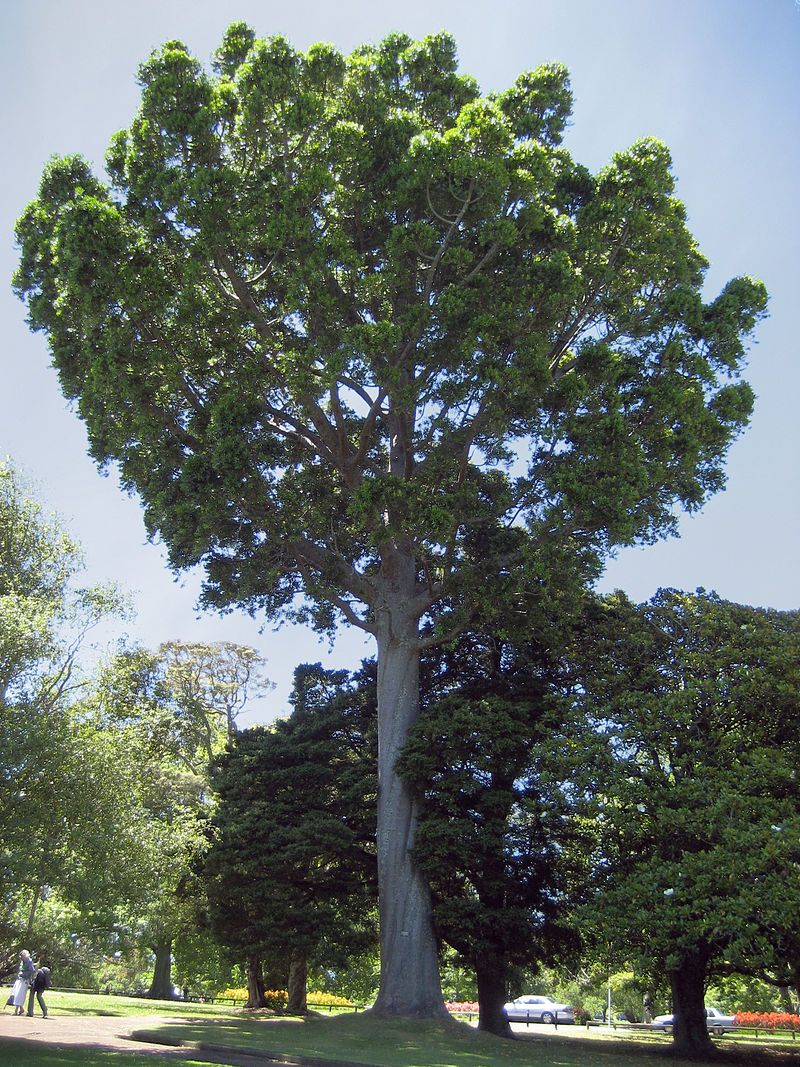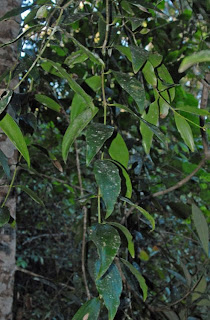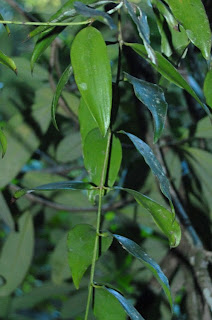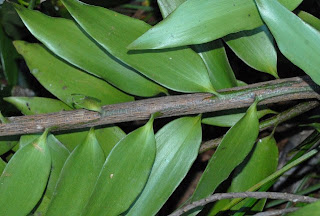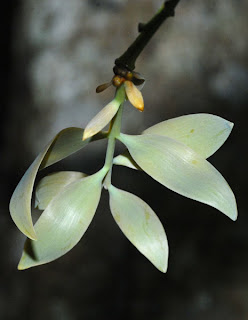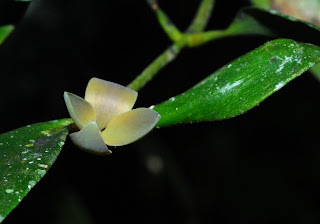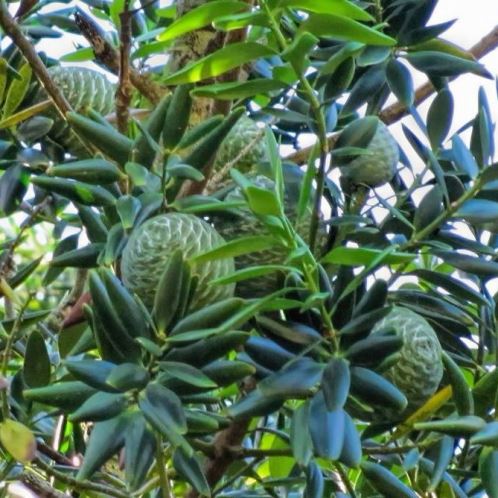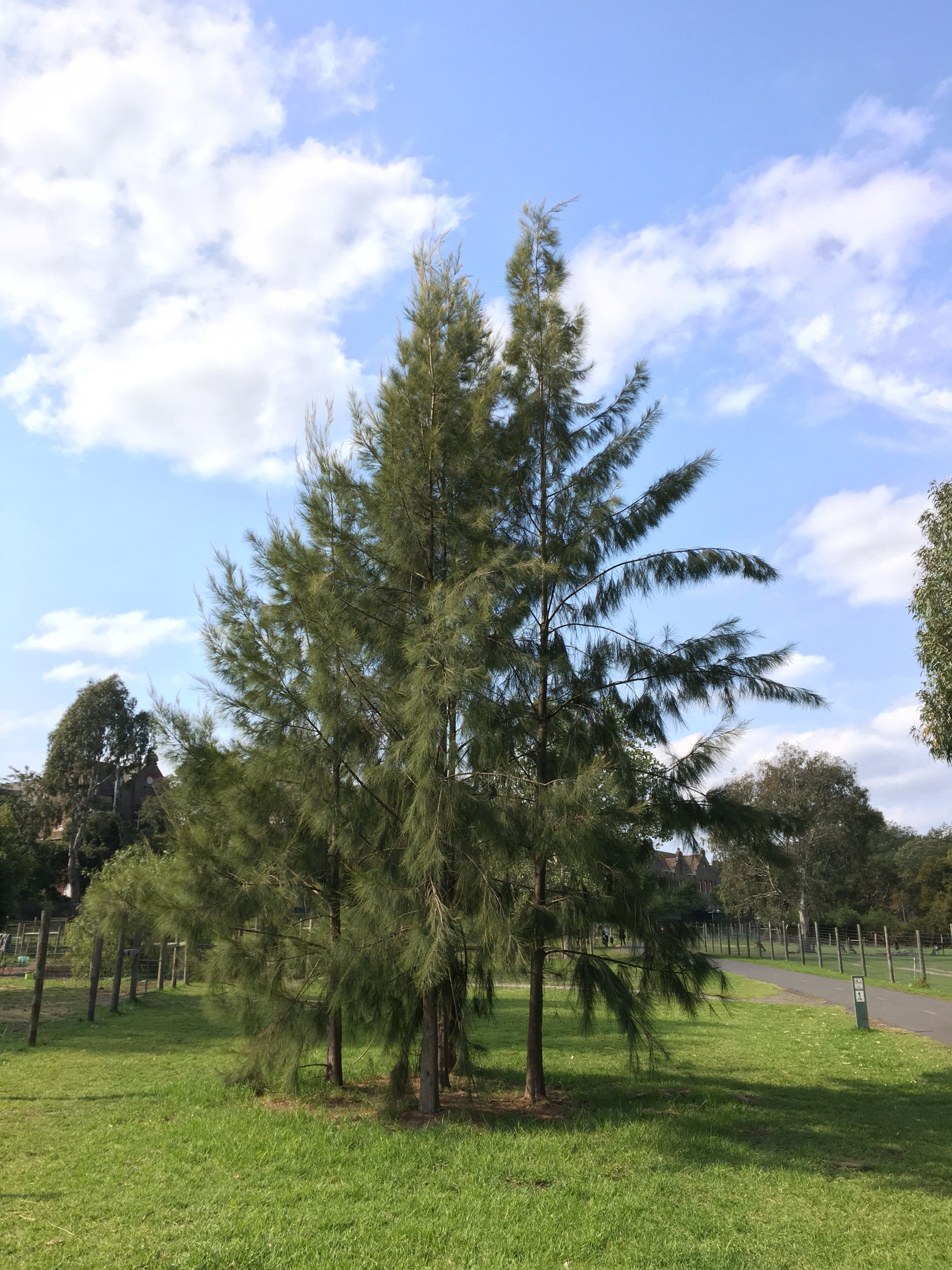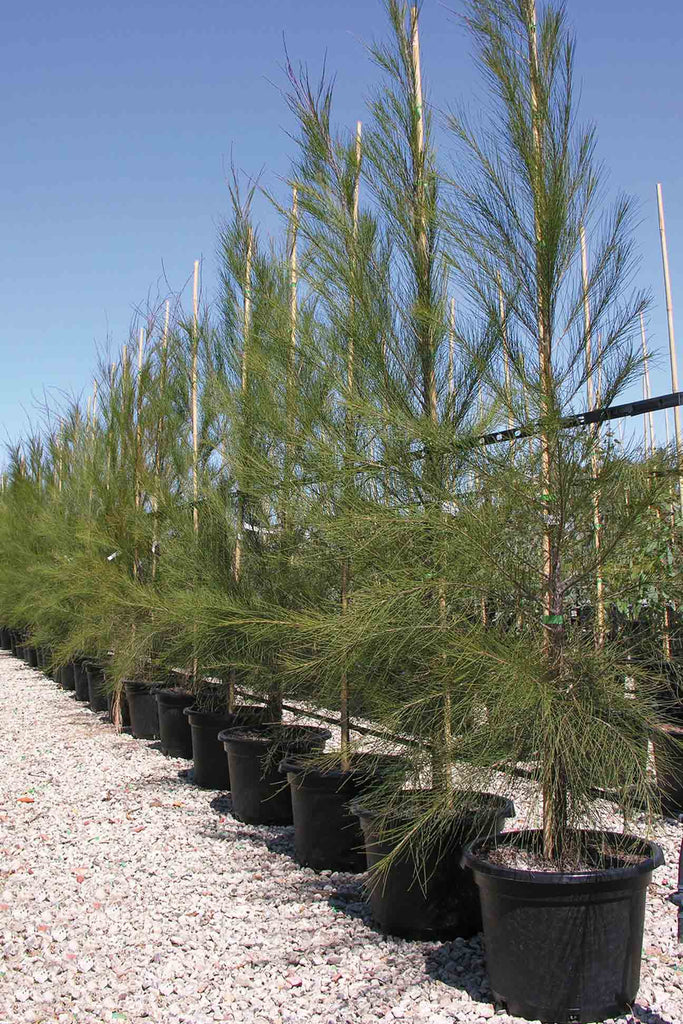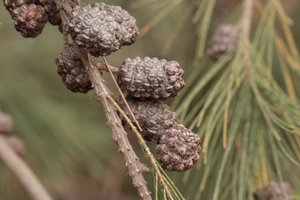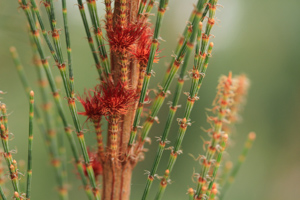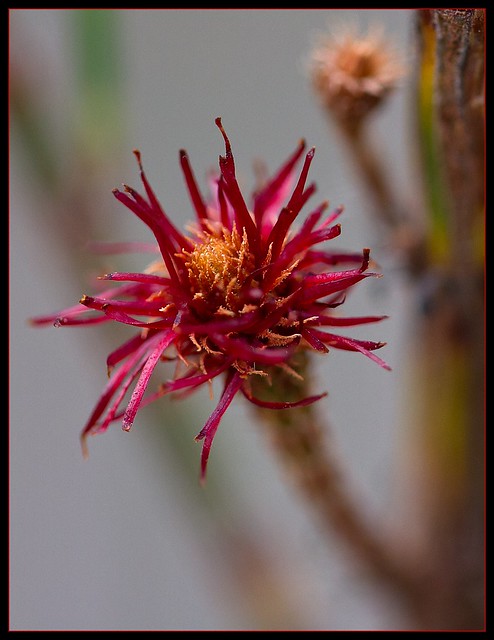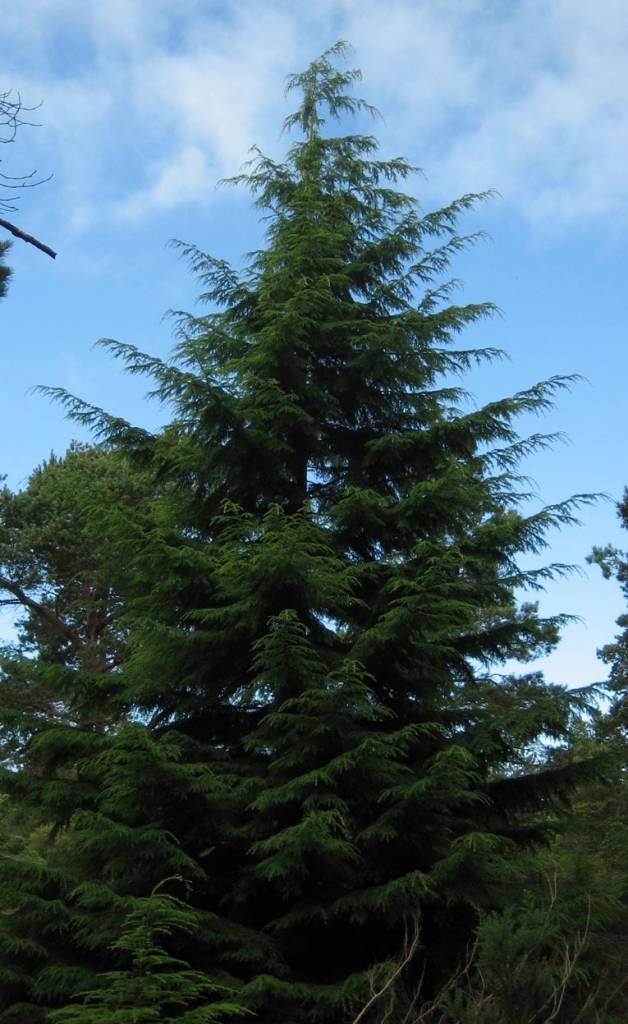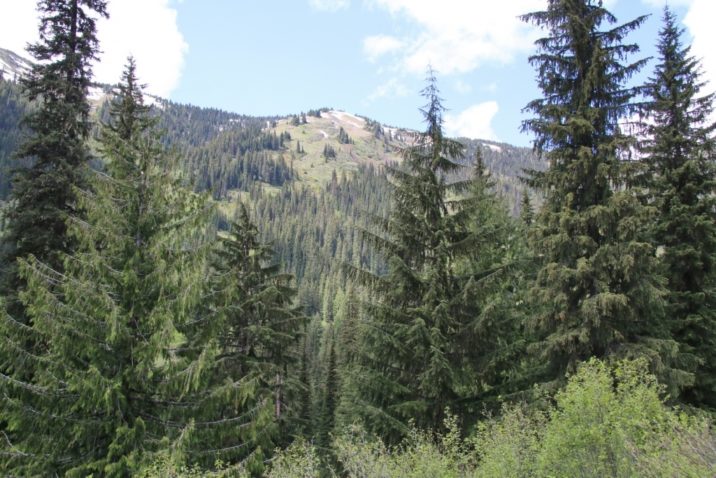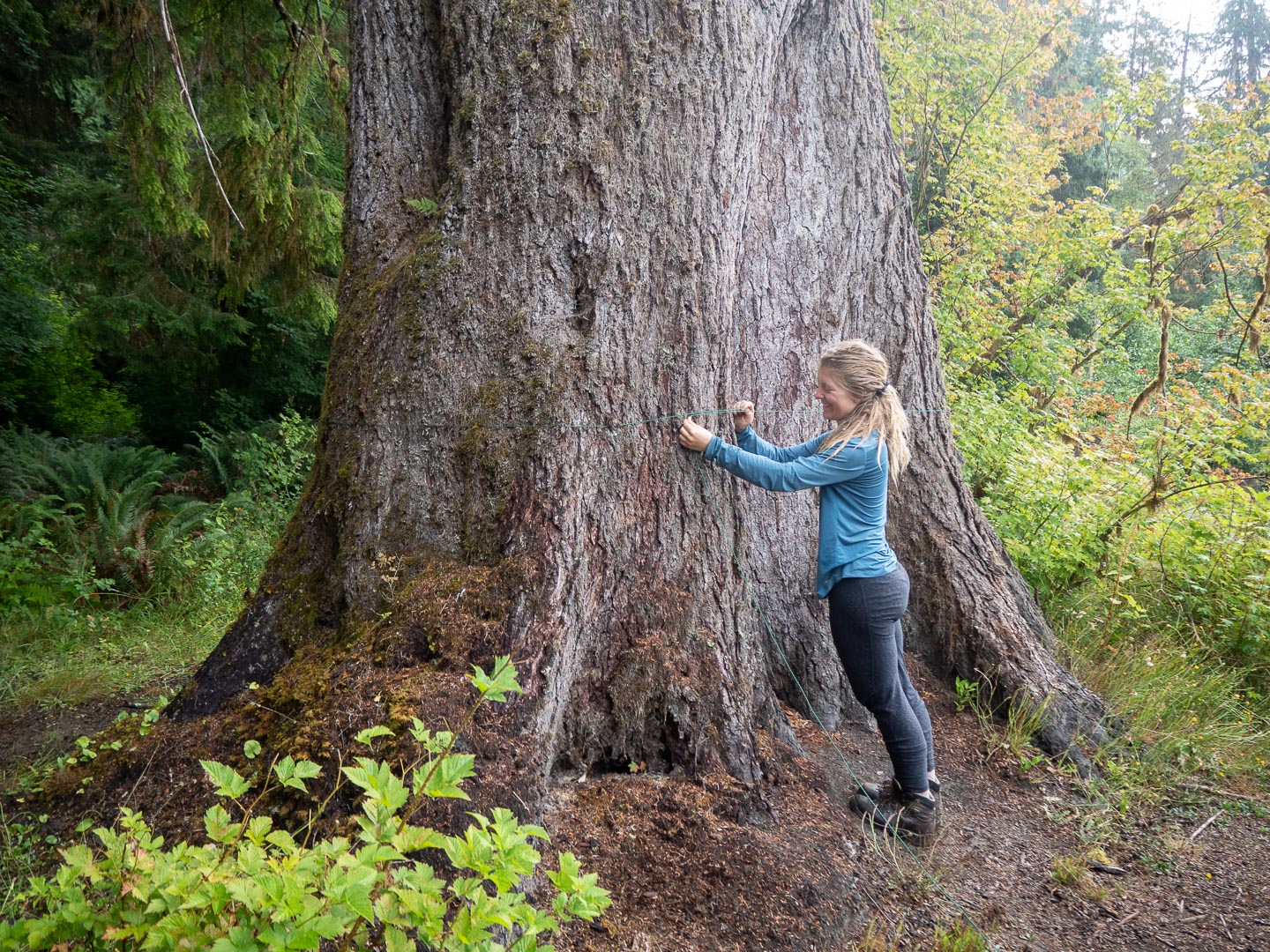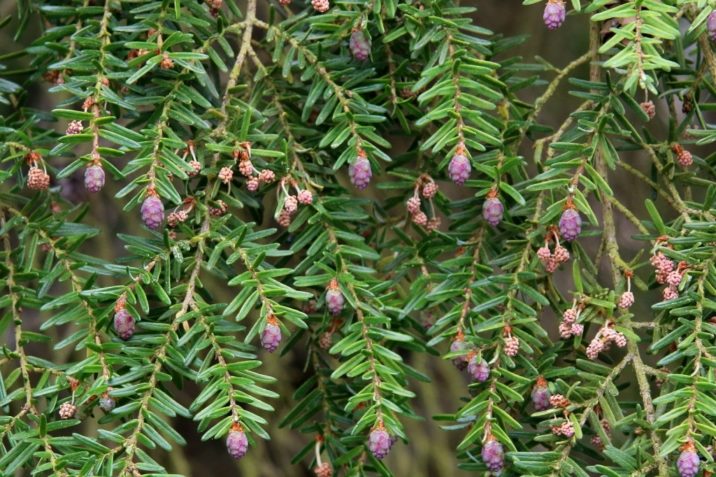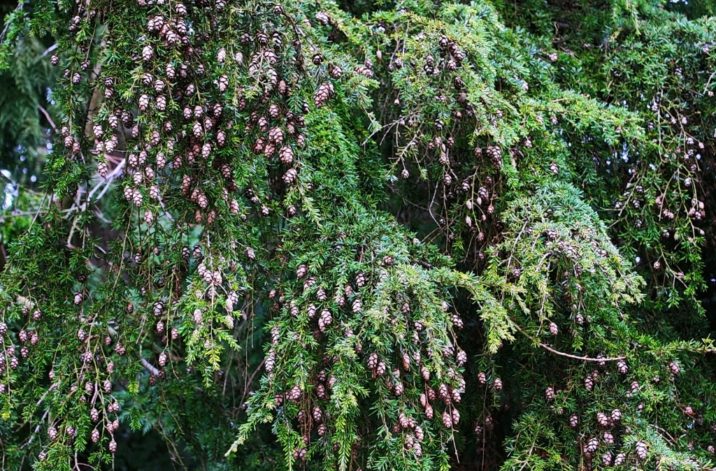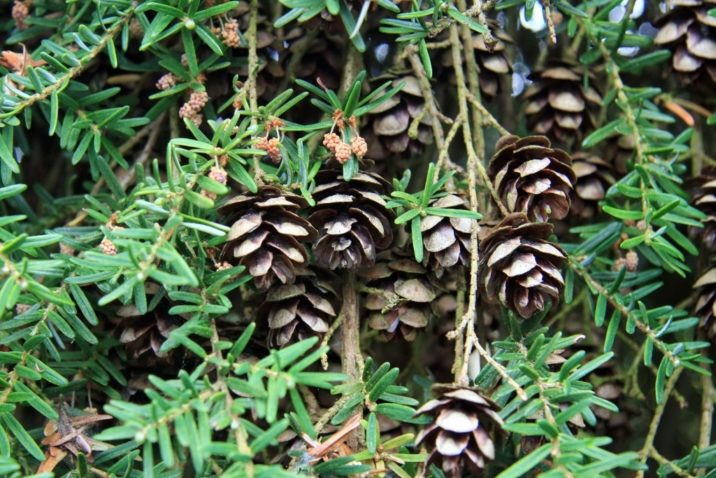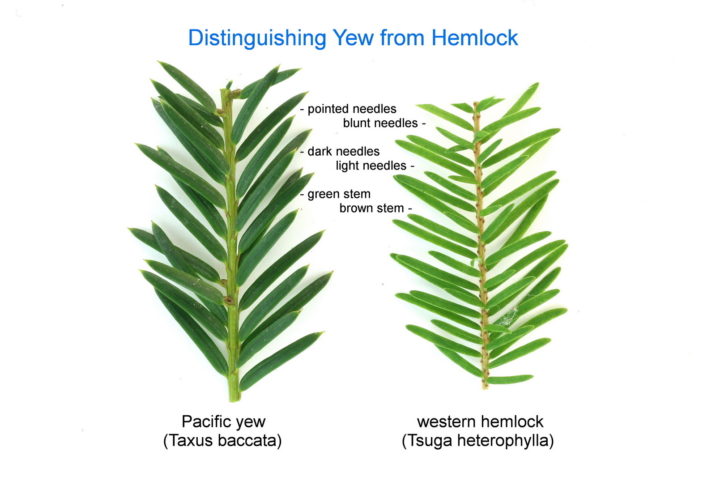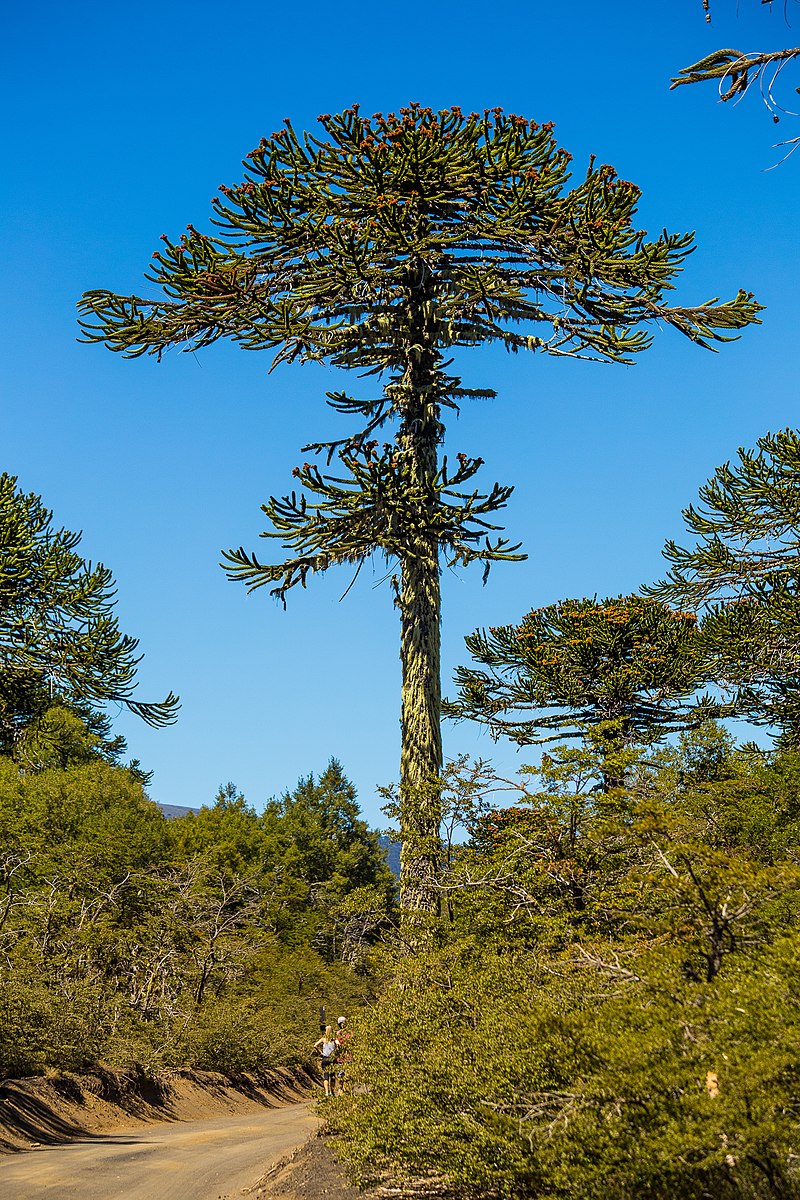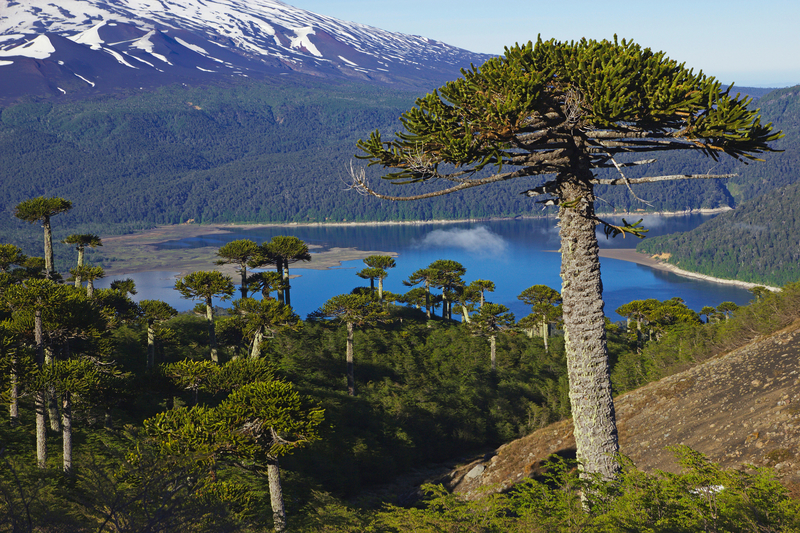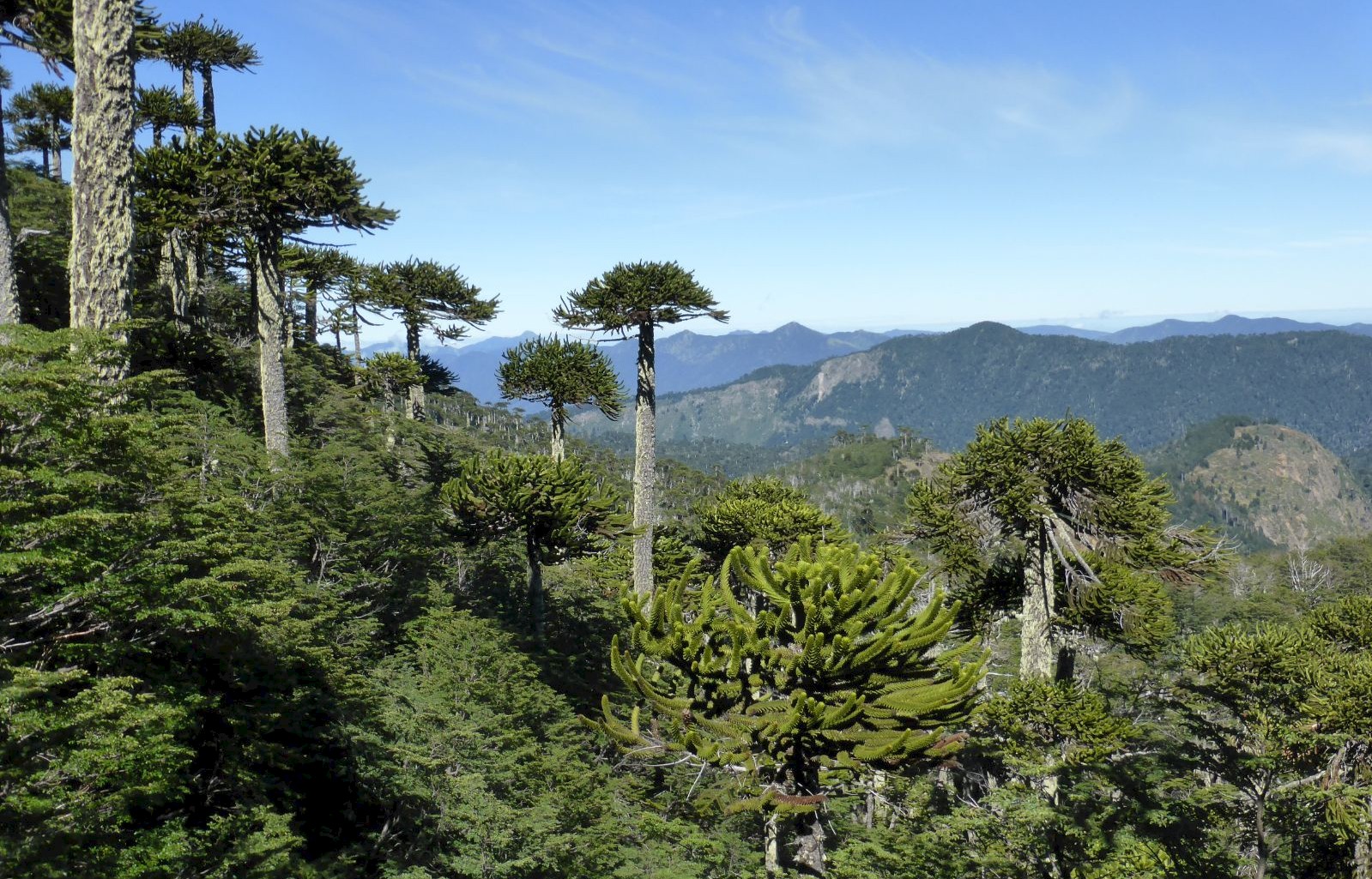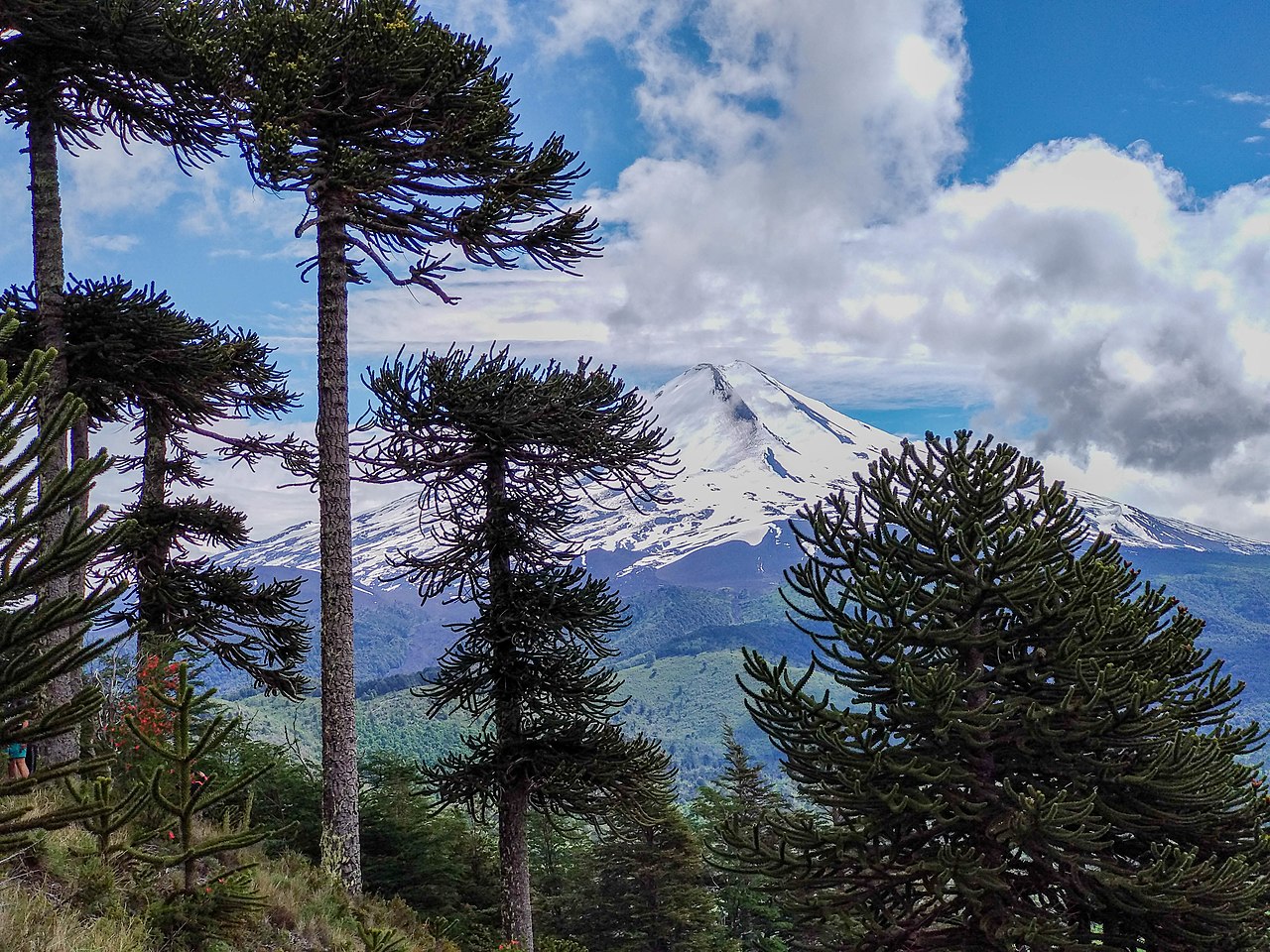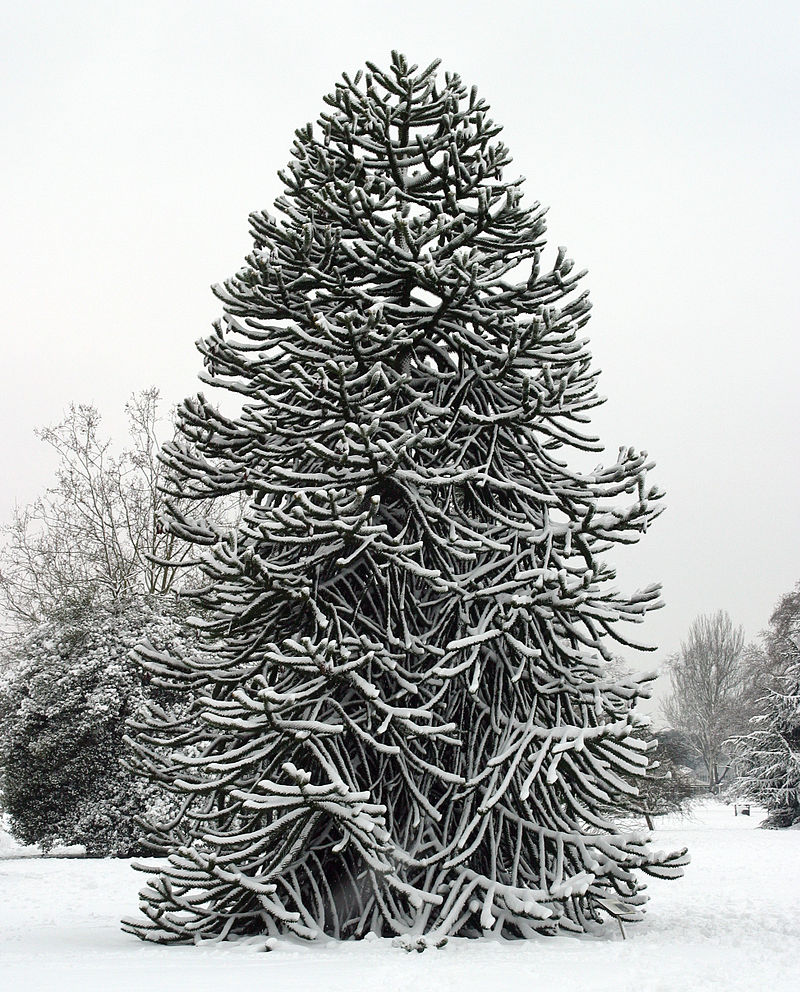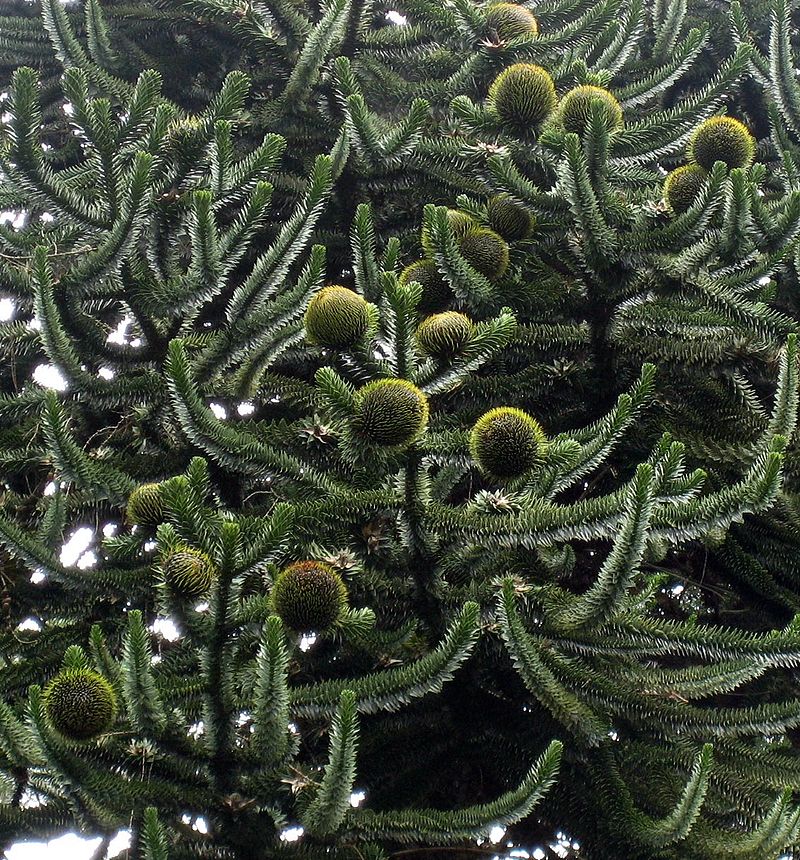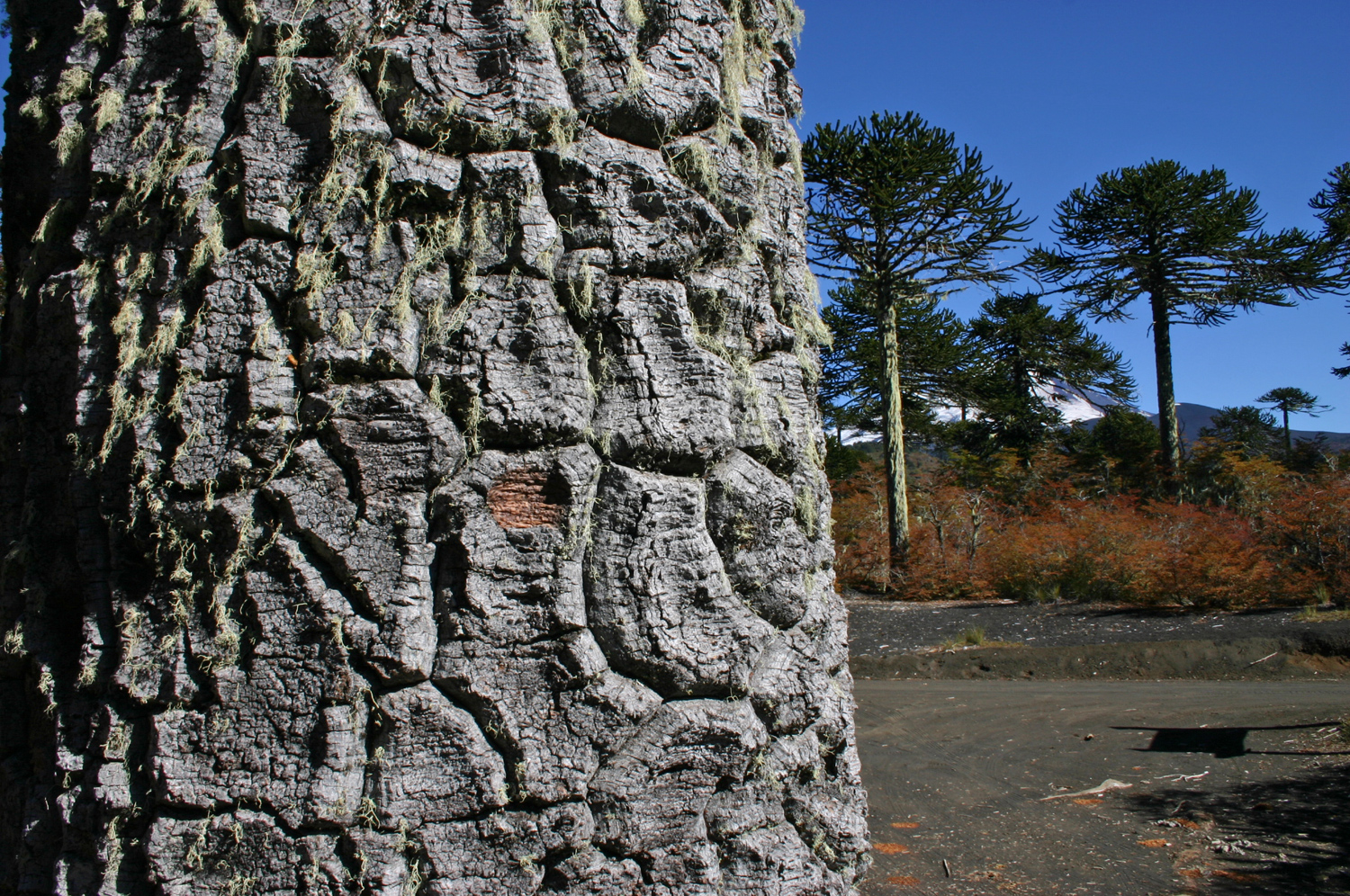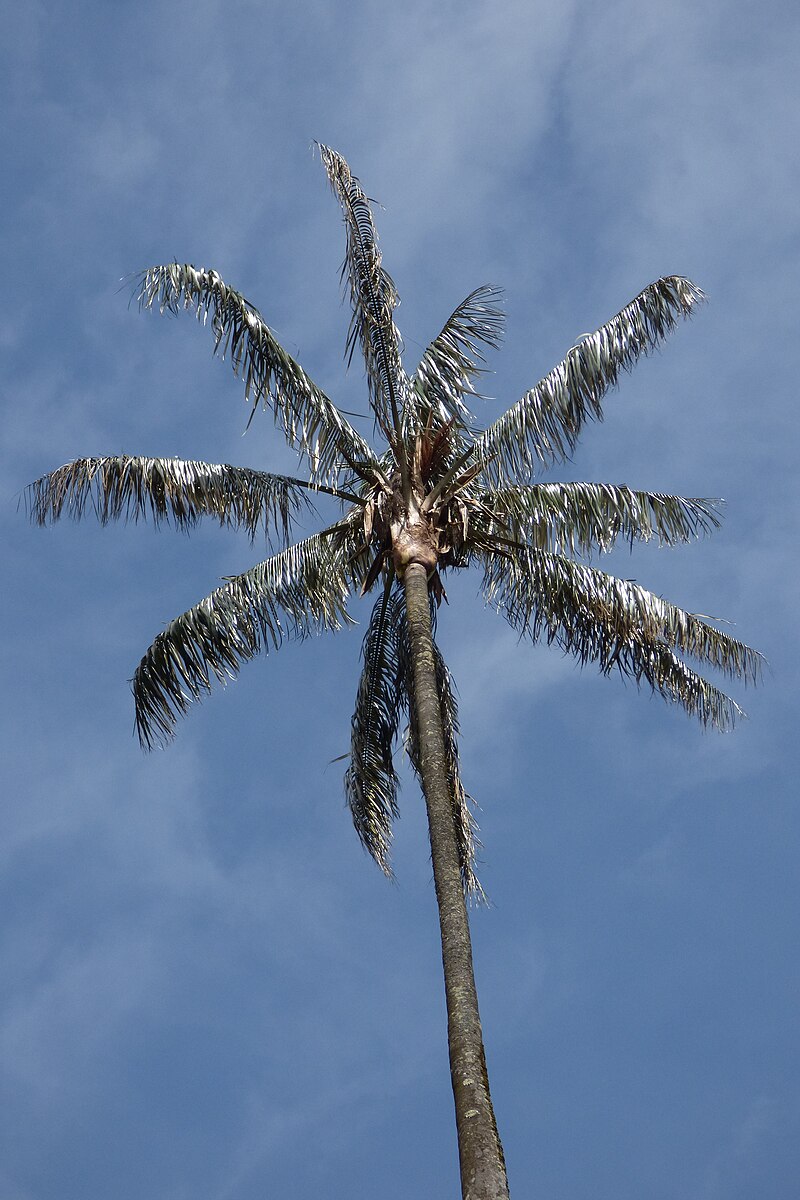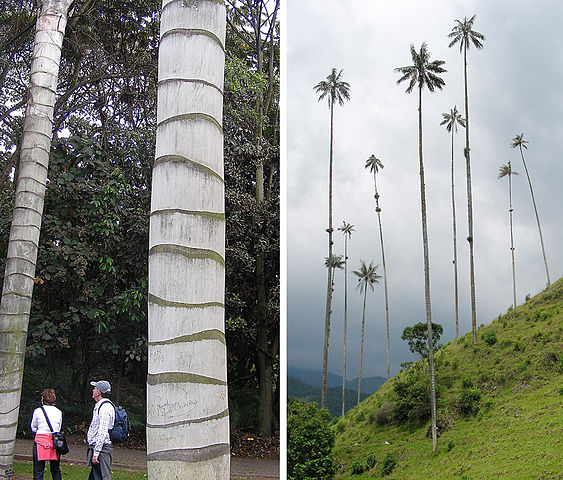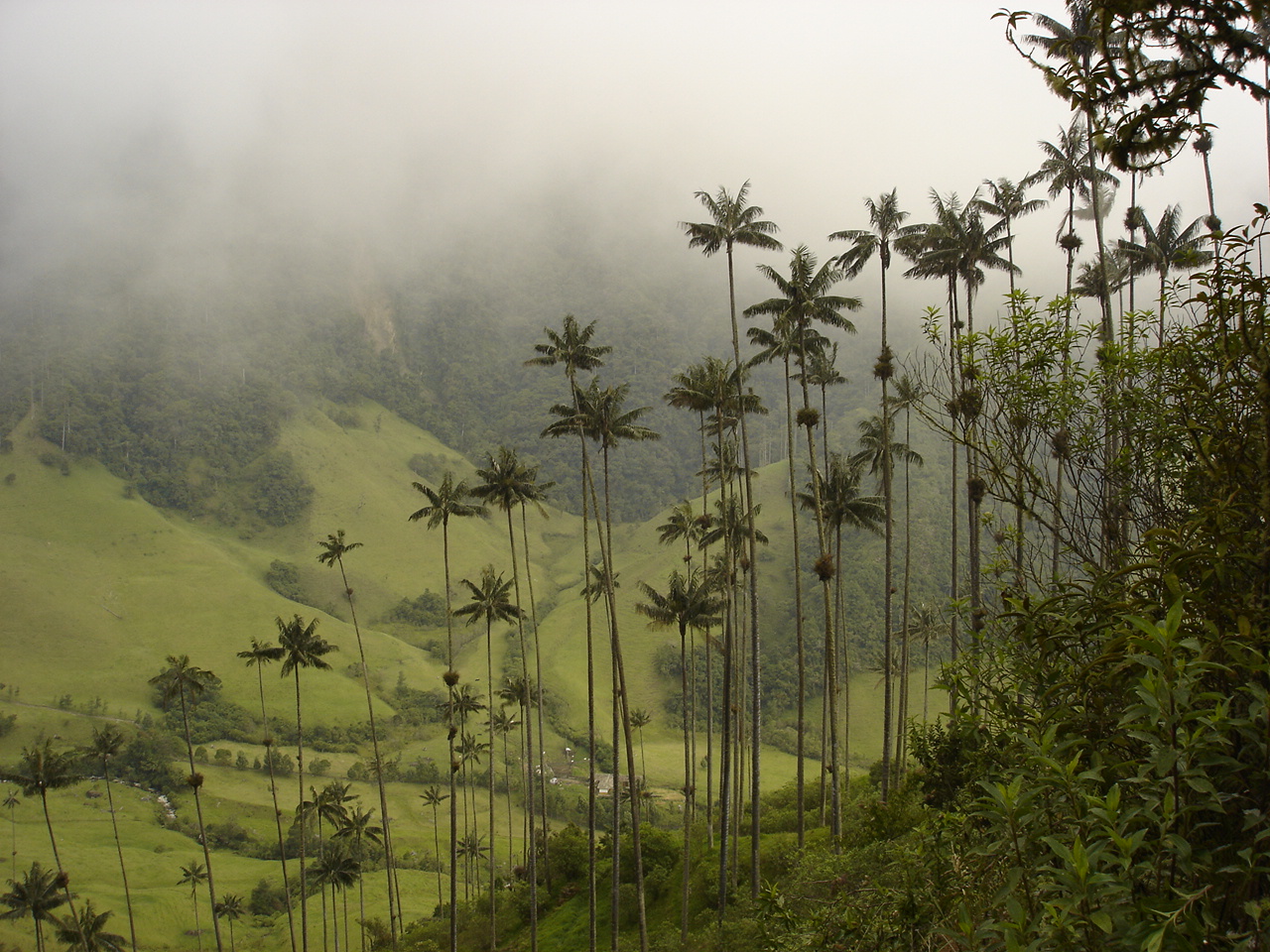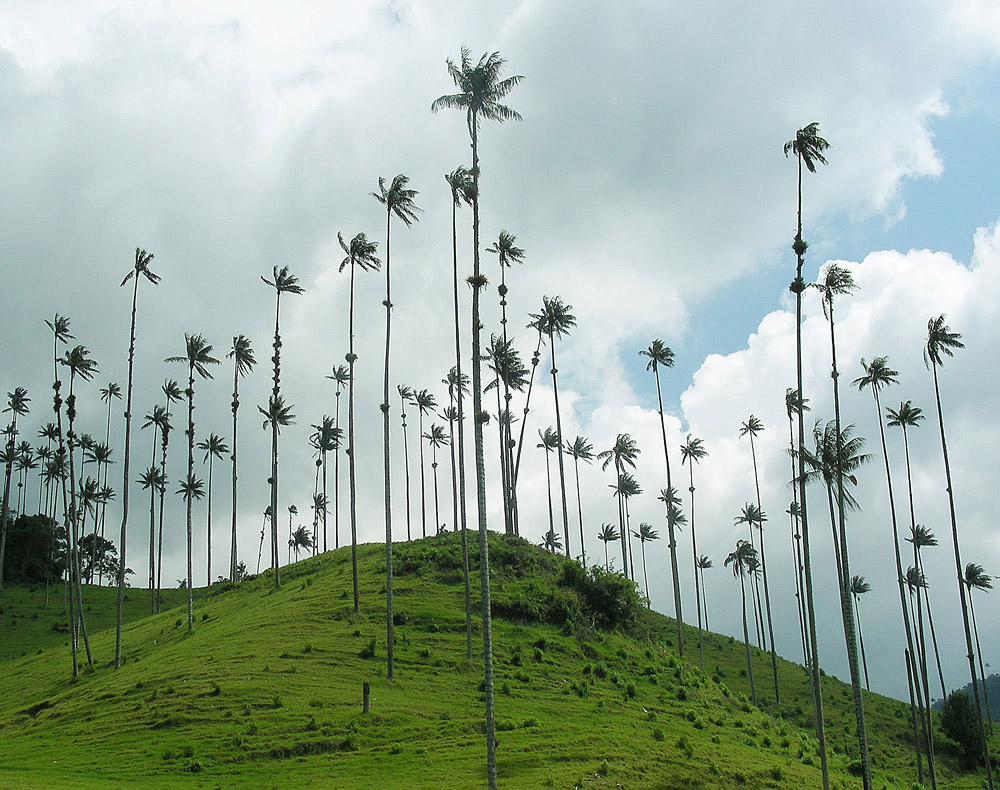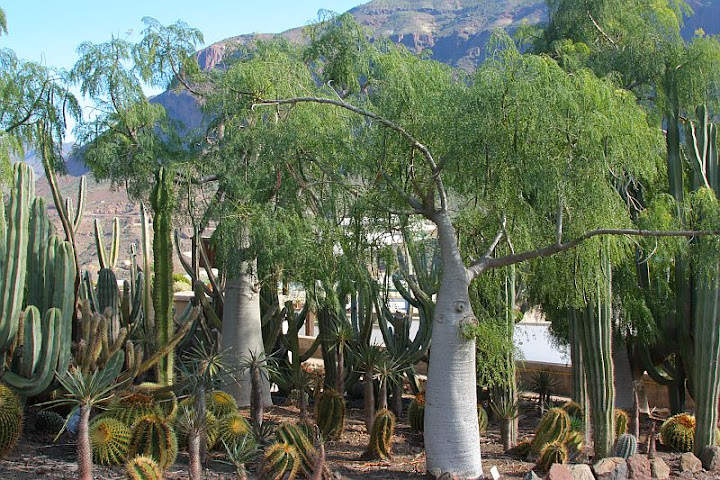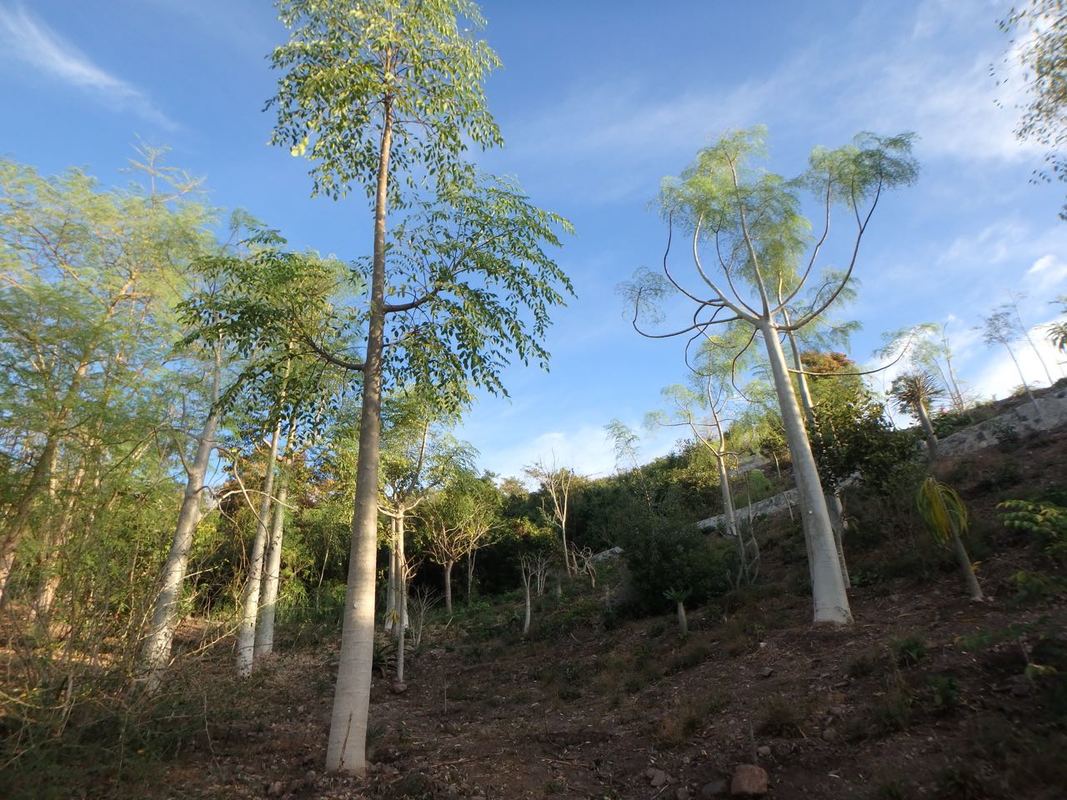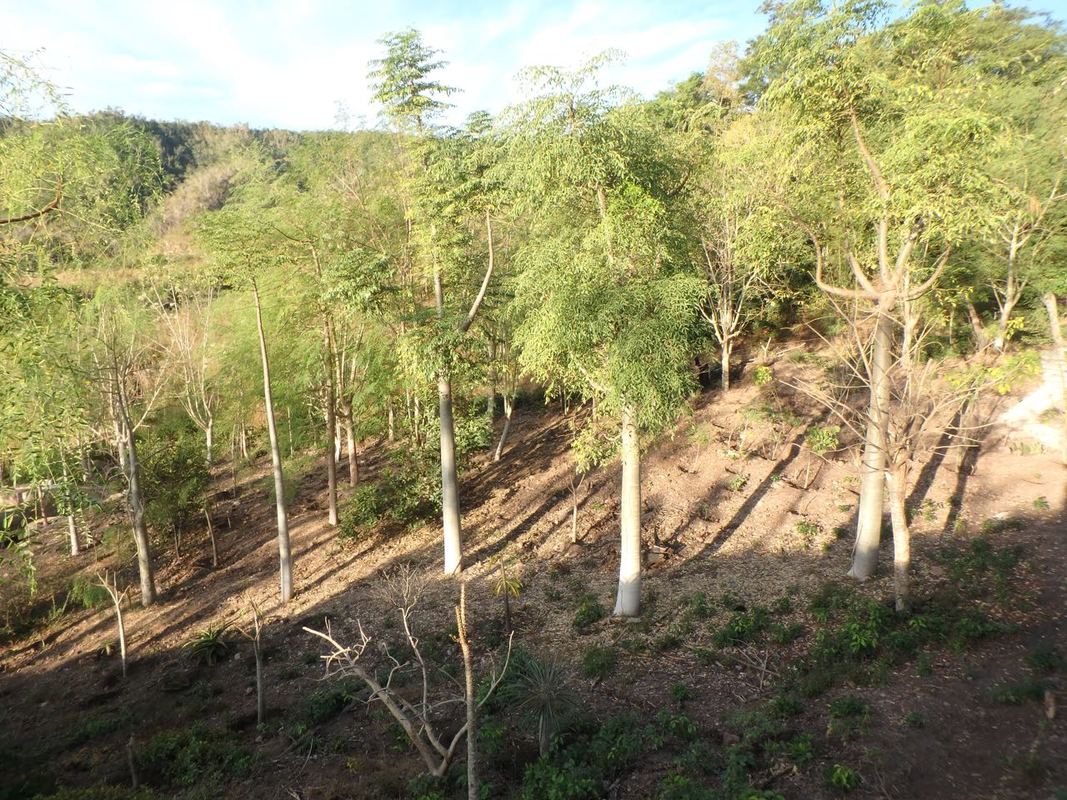Oldest, Tallest, and Largest... and all in California! (maybe)
Oldest
The oldest trees with a single main trunk (non-clonal) are individuals of the Great Basin Bristlecone Pine (Pinus longaeva). The species also ranges into Nevada and Utah, but the oldest specimens are in the White Mountains of eastern California. The oldest confirmed living tree is a specimen named Methuselah, which is now, in the Winter of 2022, 4853 years old. However, there are confirmed dead trees that were over 4,900 years old at time of death, and there is an unconfirmed core age of over 5,000 years.
Tallest
The tallest tree with a confirmed measurement is a living individual of Coast Redwood (Sequoia sempervirens) discovered in 2006, in Redwood National Park, Humboldt County, California. This tree, Hyperion, stands ~116 m (~380 ft) tall. Exact stated measurements vary by about a foot, perhaps due to the tree continuing to grow. Higher measurements have been made, mostly in the 19th Century, of fallen/felled trees of Coast Redwood (Sequoia sempervirens) , Douglas-fir (Pseudotsuga menziesii), and Mountain-ash Gum (Eucalyptus regnans), but these measurements are unconfirmed or in doubt.
Most Massive
The most voluminous and massive tree is a specimen of the Giant Sequoia or Sierra Redwood (Sequoiadendron giganteum) in Sequoia National Park, Tulare County, California. This tree, General Sherman is 1,487 cubic m (52,513 cubic ft) and stands 83.8 meters (275 ft) tall.
